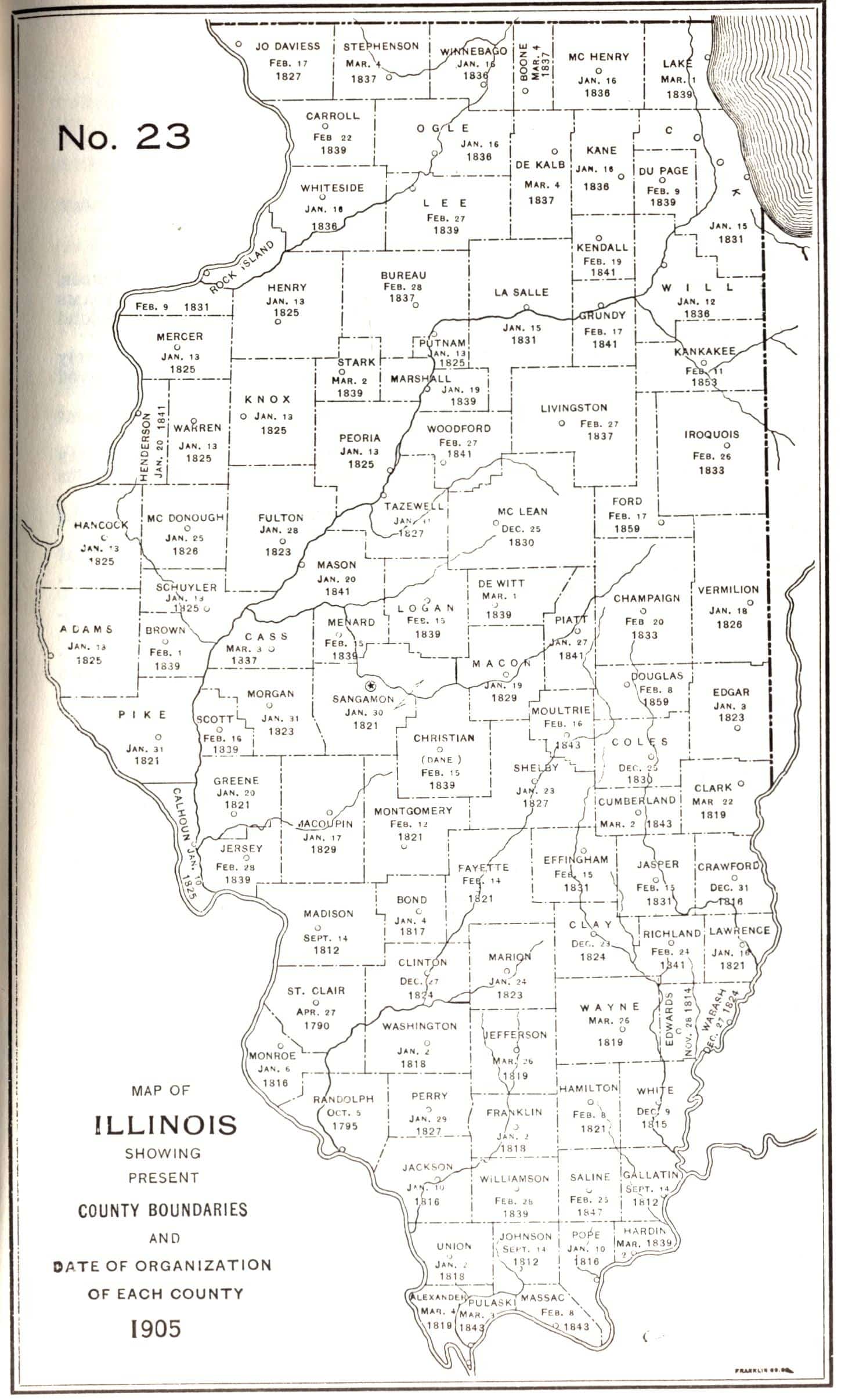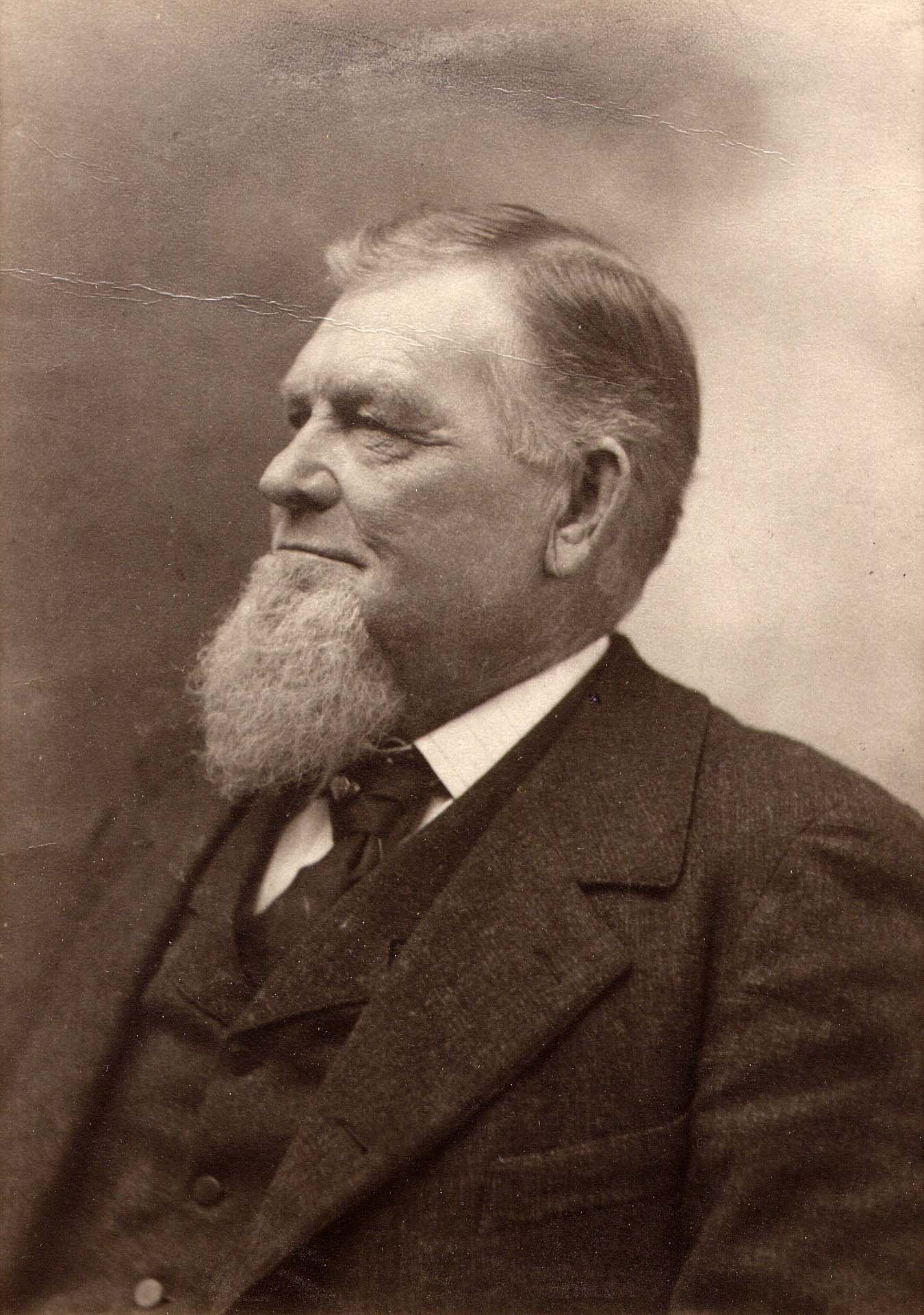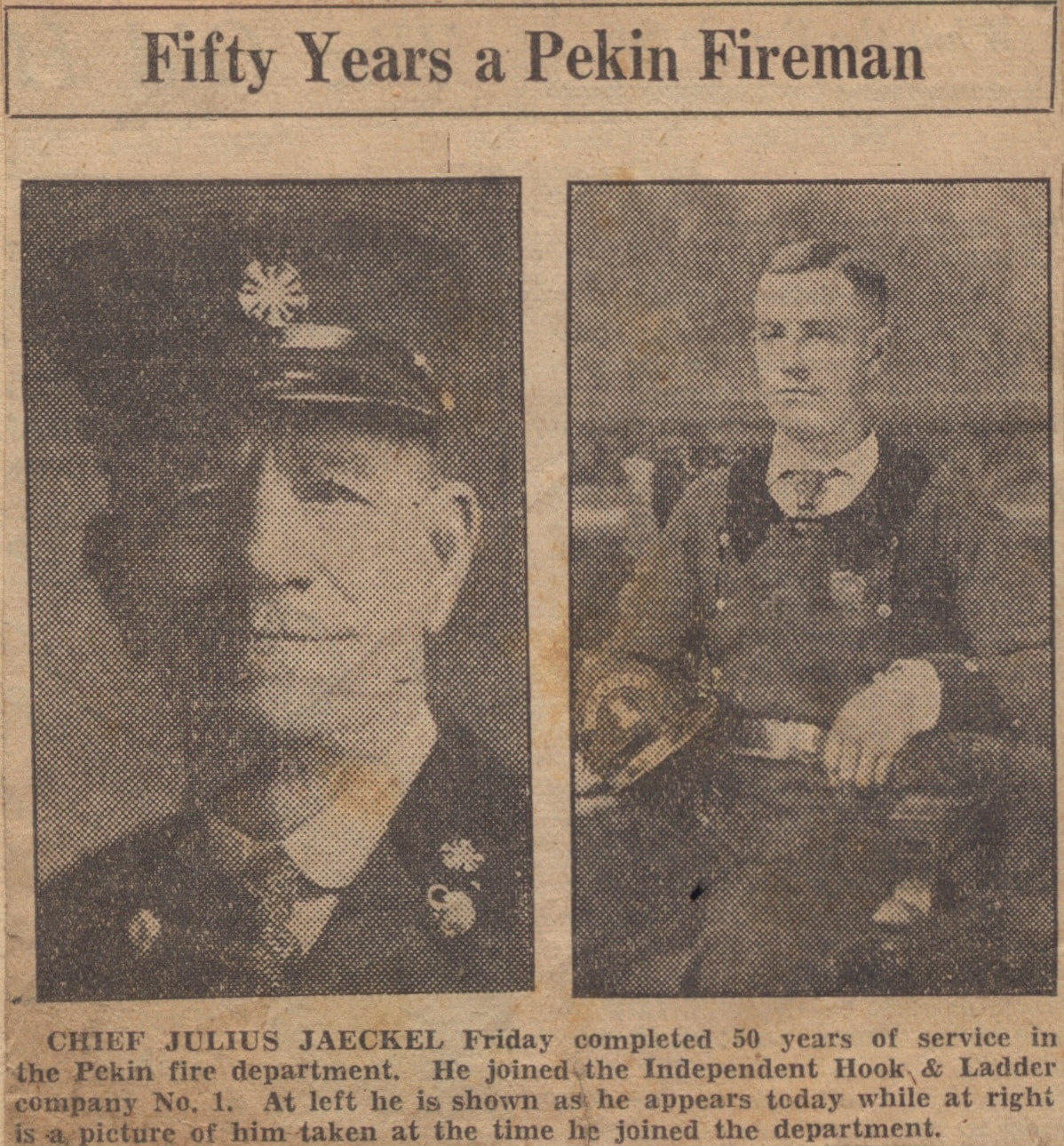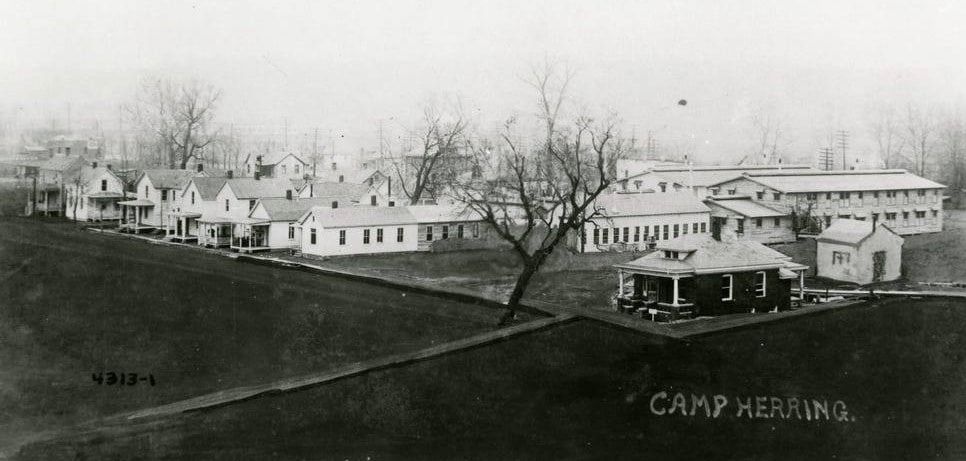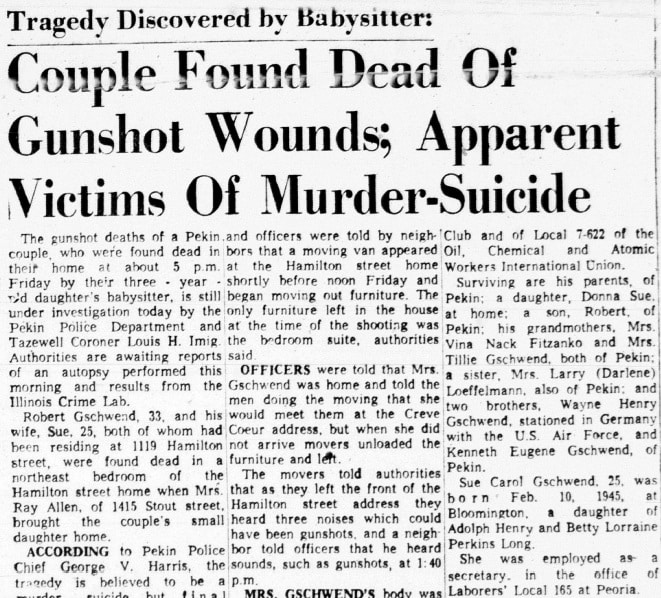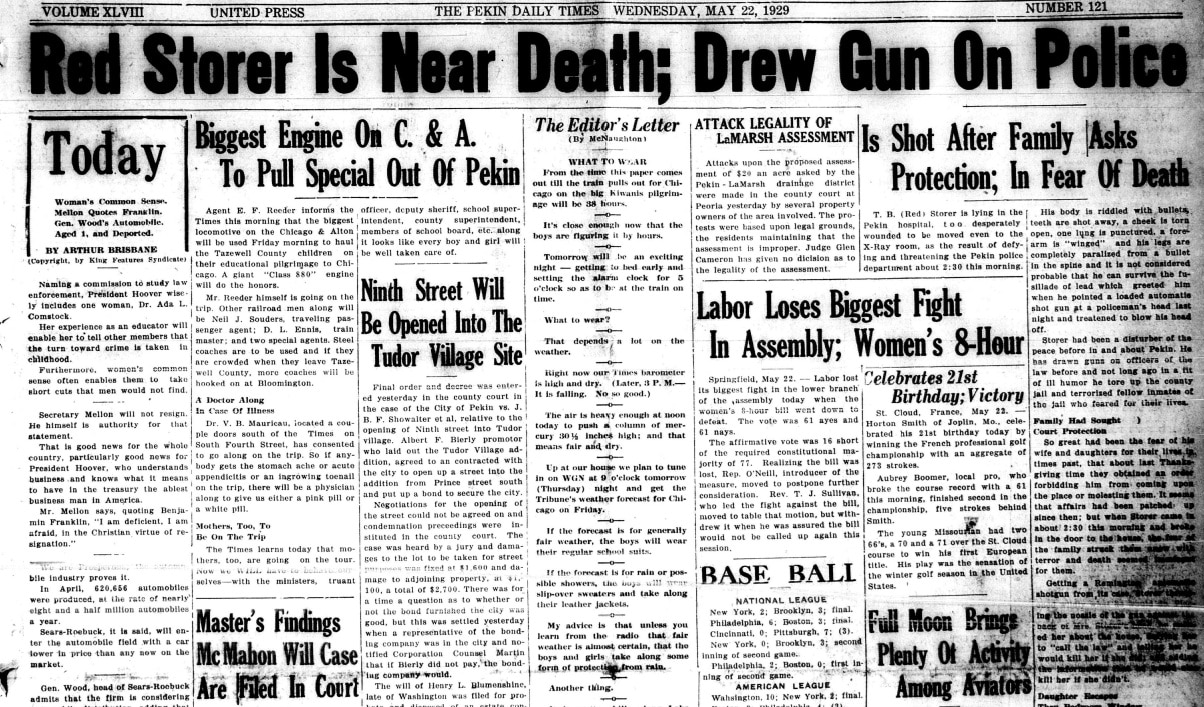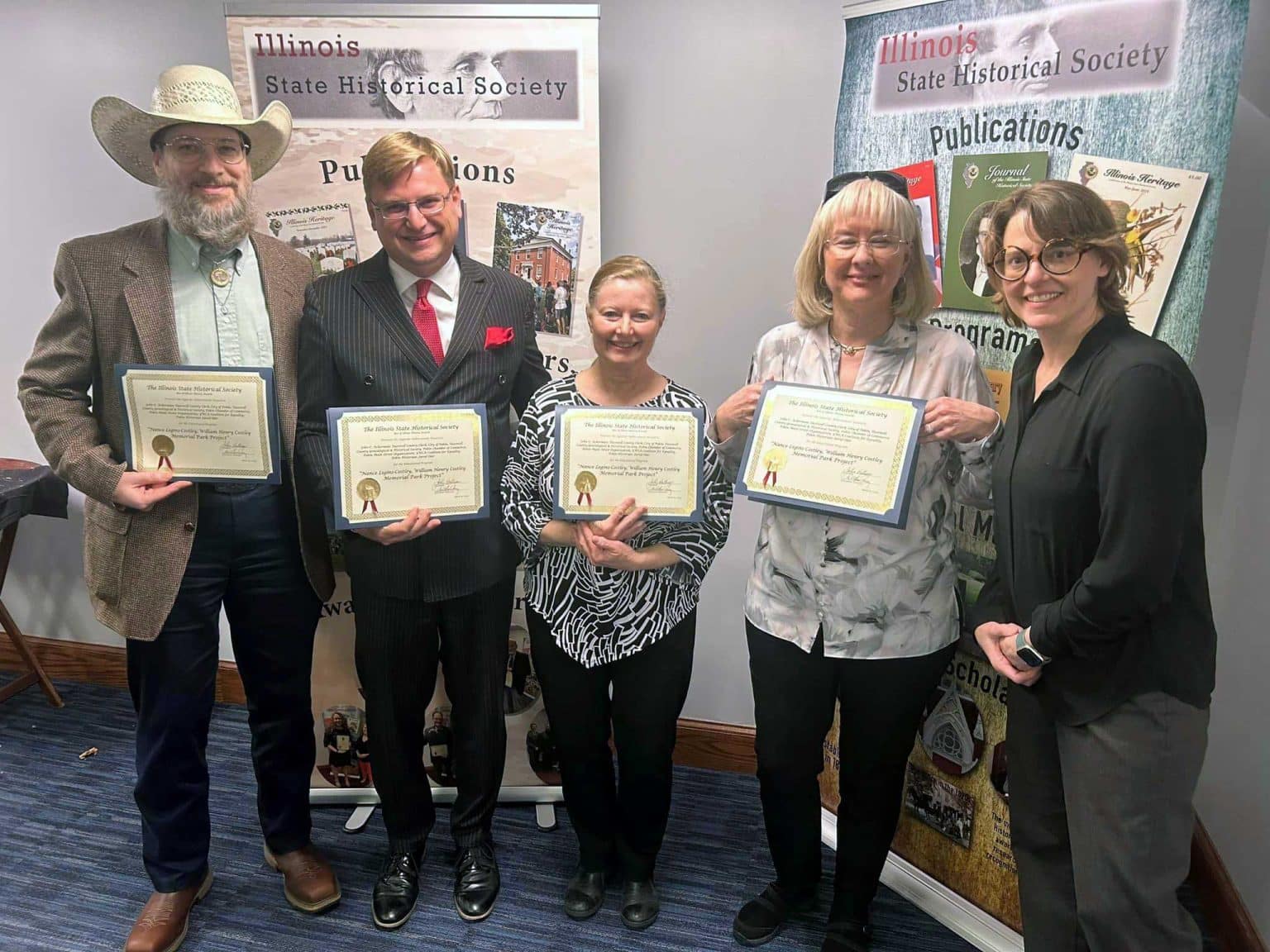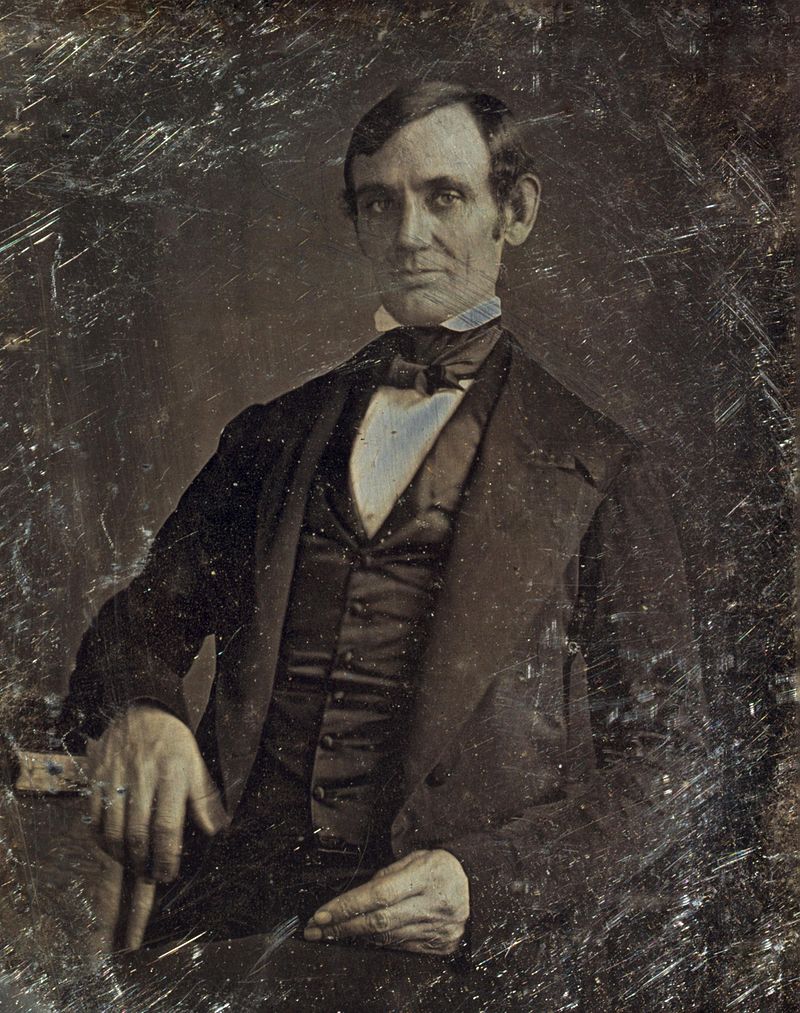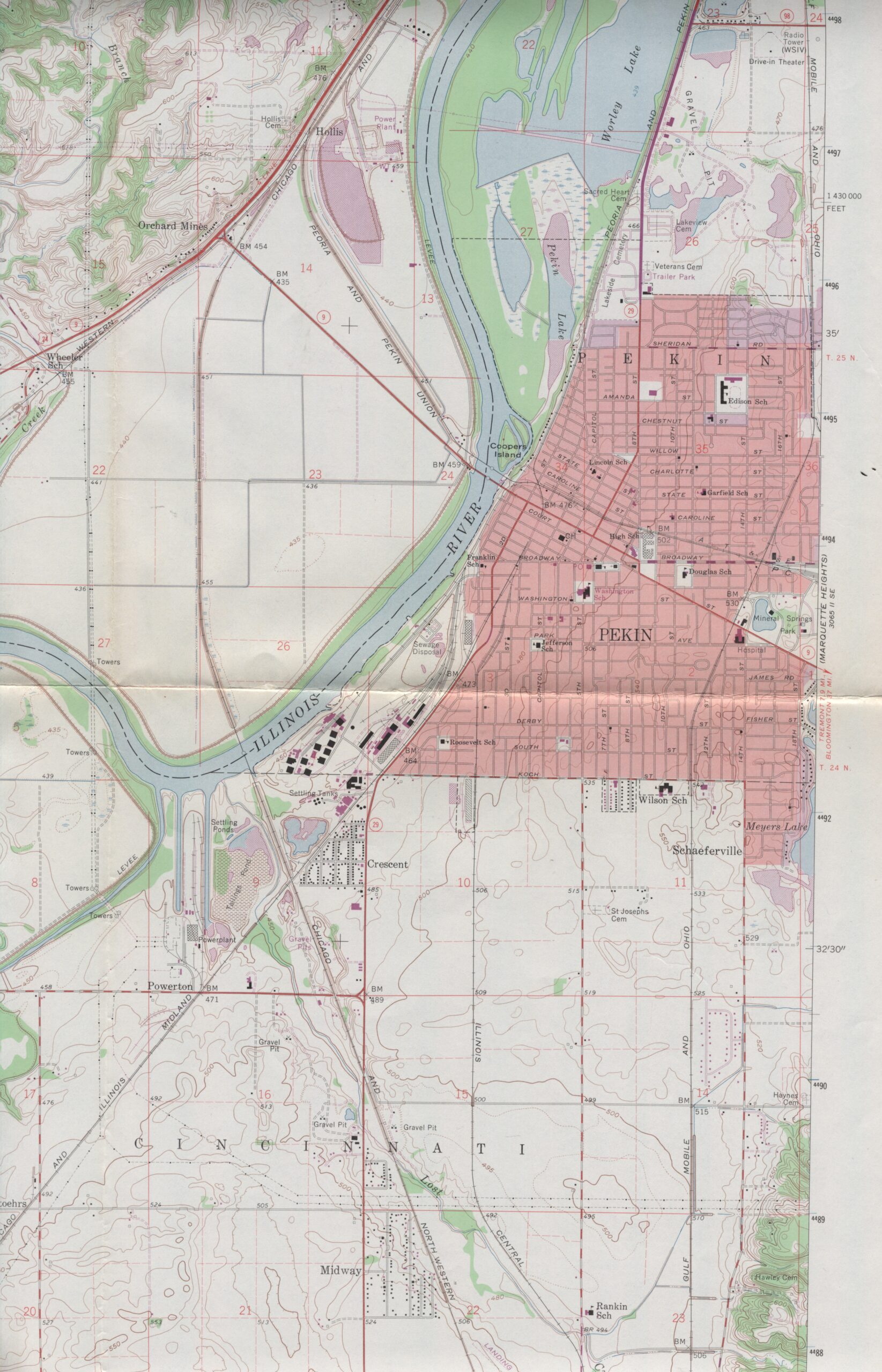A total of 84 Illinois counties were organized from 1790 (when Illinois was a part of the Northwest Territory) until 1839, when the Illinois General Assembly established a record 15 new counties in a single year.
The remaining 18 counties of Illinois were founded from 1841 to 1859, which averages out to one new county a year during that period. However, the establishing of those 18 counties didn’t happen that regularly, for seven of them were established in 1841: Grundy, Henderson, Kendall, Mason, Piatt, Richland, and Woodford counties.
Grundy County is named for Felix Grundy (1777-1840), a Tennessee senator who served as the 13th U.S. Attorney General. Henderson County was named for Henderson County, Kentucky, which in turn was named in honor of North Carolina pioneer Richard Henderson, a colleague of Daniel Boone who was involved in a land investment scheme that aimed to create a new state called Transylvania out of land that is now a part of Kentucky and Tennessee.

Kendall County was named after Amos Kendall (1789-1869), who served as Postmaster General in the cabinets of Presidents Andrew Jackson and Martin Van Buren. Mason County was named after Mason County, Kentucky, which had been named after George Mason IV, remembered as the Father of the Bill of Rights. Mason was one of the three delegates to the Constitutional Convention of 1787 who refused to sign the new Constitution because it failed to safeguard the rights of the citizens and the states.
Piatt County is named after John Piatt, the father of one of that county’s prominent pioneer families. Richland County is named after Richland County in Ohio, which had been so named for its rich soil. Woodford County is named after Revolutionary War Gen. William Woodford, who died as a prisoner of war in 1780.
Four new counties were formed in 1843: Cumberland, Massac, Moultrie, and Pulaski counties. Cumberland County is so named because the Cumberland Road entered the county. The road in turn got its name from Cumberland, Maryland, which was named for the Cumberland range of the Appalachian Mountains, themselves named after the Cumberland mountains of northern England. (The ultimate origin of “Cumberland” is in the early medieval kingdom of Cumbria in Britain, so named because the kingdom’s inhabitants were Britons or Welsh, whose own name for themselves in modern Welsh is Cymry.)
Massac County, in southern Illinois on the Ohio River, is named for a French outpost called Fort Massac, constructed near the river in 1757 within the present bounds of Massac County. Moultrie County is named after Revolutionary War Gen. William Moultrie (1730-1805), who also served as Governor of South Carolina. Pulaski County is named after Gen. Casimir Pulaski, a Polish American who commanded U.S. cavalry during the Revolutionary War.
Saline County, named for the salt deposits found there, was established in 1847. Six years later, in 1853, Kankakee County was added, named for the Kankakee River. The river’s name is thought to derive from the Miami-Illini Algonquin term teeyaahkiki, meaning “open country” or “country exposed to view,” probably given to the area because it was a marshland.
The last two counties of Illinois, Douglas and Ford, were established in 1859, only two years before the start of the Civil War. Ford County was named after Thomas Ford (1800-1850), eighth Governor of Illinois.
Douglas County was named in honor of Stephen A. Douglas (1813-1861), the well-known and popular racist Illinois Democrat who argued that slavery should remain legal in a famous series of debates with Abraham Lincoln in 1858. Even with his pro-slavery views, Douglas nevertheless was staunchly pro-Union – in the first weeks after the Civil War began, Douglas called on his Democrat supporters to support the Union before he succumbed to typhoid fever on June 3, 1861.
For more information about the founding and naming of Illinois’ counties, see the State of Illinois’ 1991 booklet, “Origin and Evolution of Illinois Counties,” available for study in the Pekin Public Library’s Local History Room.


